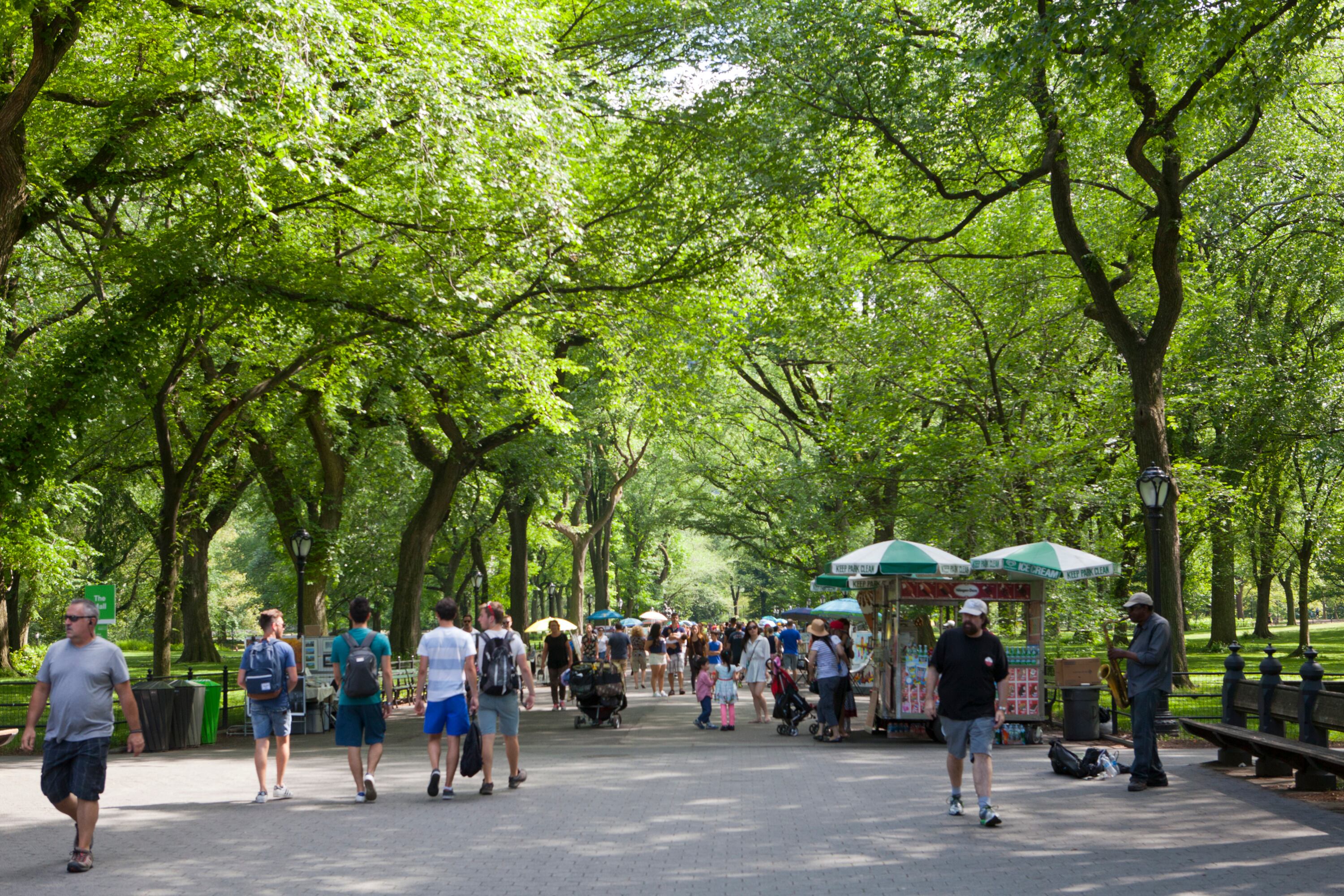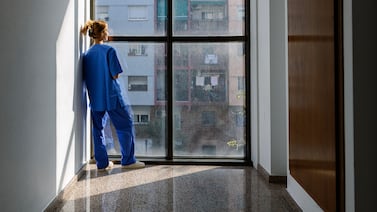Public health, explained: Sign up to receive Healthbeat’s free New York City newsletter here.
As climate change drives warmer winters, environmental scientists have long expected to see spring arrive earlier. But Yale University researchers analyzing satellite imagery of New York City parks found the opposite: Spring is starting later.
“This is completely a flip, and also contrary to our expectations, because you would think that if it’s warmer, the leaf-out would be earlier,” said Dr. Karen Seto, the Frederick C. Hixon Professor of Geography and Urbanization Science at the Yale School of the Environment.
In the study, published July 30 in Environmental Research Letters, Seto and other researchers analyzed the start of the growing season at 379 parks across New York City, comparing trends between 2000 to 2009 and 2013 to 2022. Researchers focused on how the impacts of climate change and the urban heat island effect — how a city’s heat-absorbing buildings, roads and infrastructure increase its overall temperature — shape the temperature of green spaces.
Access to parks is linked to positive public health effects, including reductions in blood pressure, heart rate, and all-cause mortality, as well as decreases in psychological stress. And in cities like New York, parks have a key role to play in cooling streets and absorbing atmospheric CO2.
When it comes to mitigating the effects of climate change, Yale researchers found that the size of the park matters. They analyzed parks ranging from large green spaces like Central Park and Prospect Park, to medium-sized ones like Bryant Park and Madison Square Park, to even smaller, playground-sized spaces.
In the smallest parks, temperatures inside and outside the green spaces are similar, said Dr. Juwon Kong, a postdoctoral associate and the study’s lead author. Big, sprawling parks, which are more protected against the urban heat island effect, are not only cooler internally, but can also cool the surrounding area, he said.
“Larger parks’ cooling effects can be extended at least one or two blocks,” Kong said.
Medium-sized parks are most vulnerable to the impacts of the urban heat island effect, researchers found, since they have less of a buffer between their interiors and surrounding infrastructure.
Analyzing detailed satellite imagery of the parks, researchers found that the delayed onset of spring was most significant in medium-sized parks. For those parks — ranging in size from one hectare (about 2.5 acres) to 18 hectares (about 45 acres) — the average start of spring was delayed by 2.62 to 4.43 days.
In smaller parks, of less than one hectare, researchers recorded an average delay of spring of 0.90 days. And in the biggest parks, of more than 18 hectares, researchers recorded that the average arrival of spring was delayed by about 1.41 days.
The delay of spring reflects a disruption of the precise physiological mechanisms that govern a tree’s transition from bare branches to new growth, Kong said. Trees in temperate regions typically require sufficient winter chilling to transition from dormancy to leaf growth, but warmer winters shift that balance, pushing back the arrival of spring.
Seto said that it is not clear if delayed springs will continue in coming years, or what their long-term consequences could be.
“Having the shorter and shorter growing season means less time for leaf-out, less shade, less cooling, less habitat,” Seto said. “I think there’s unknown questions about what the domino effects are on the composition of different vegetation and the health of trees.”
In the near term, though, the findings have implications for the management of green spaces in New York City, and perhaps other cities, she said. For instance, the findings might help inform tree-planting strategies that maximize cooling benefits.
The research, Seto said, “helps us think about ways in which we can better manage the green space in cities so that they can thrive in a hotter and hotter climate and be more resilient.”
Eliza Fawcett is a reporter covering public health in New York City for Healthbeat. Contact Eliza at efawcett@healthbeat.org.







